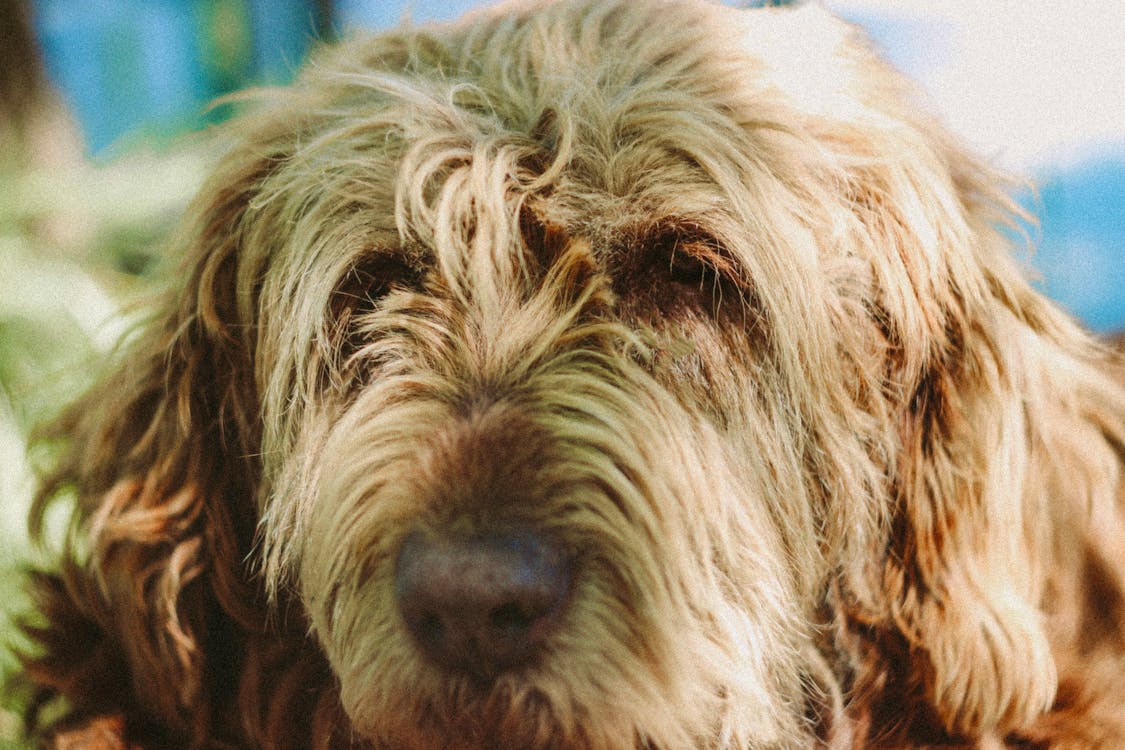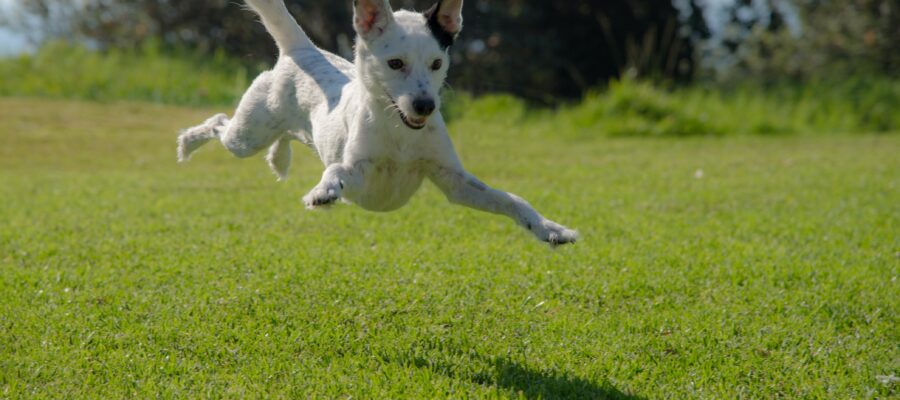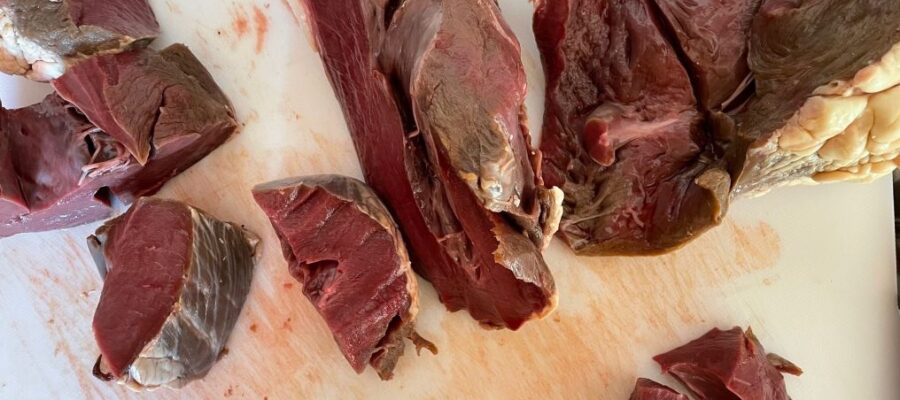
Breed Spotlight – Otterhound
The Otterhound: A Shaggy, Water-Loving Hound with a Heart of Gold
Imagine a dog that’s part playful clown, part tireless athlete, and part expert swimmer. That’s the Otterhound in a nutshell – a unique and endearing breed with a shaggy coat, a booming bark, and an unbridled enthusiasm for life. Originating from medieval England, these rare hounds were once essential for otter hunting, but today, they make loyal and entertaining companions. Let’s dive into the fascinating world of the Otterhound.
History & Purpose of a Otterhound: A Hunting Hound with Webbed Feet
Otterhounds were developed in England as early as the 12th century to hunt otters, which were considered pests due to their impact on fish populations. With their keen sense of smell, webbed feet, and affinity for water, Otterhounds were perfectly suited for tracking and catching otters in rivers and lakes. Their thick, oily coat provided protection from the elements, and their boisterous bark signaled the successful capture of their prey.
Otterhound Appearance: A Shaggy, Noble Companion
The Otterhound’s shaggy coat is one of their most recognizable features. It’s a double coat with a dense, water-resistant outer layer and a softer undercoat, providing insulation and protection. Their coat comes in various colors, including grizzle, sandy, red, wheaten, blue, and black and tan. They have a noble expression with large, intelligent eyes, and their long, pendulous ears add to their endearing charm.
Otterhound Temperament: Gentle Giants with a Sense of Humor
Otterhounds are known for their friendly and outgoing personalities. They are gentle giants with a playful streak and a keen sense of humor. Despite their size, they are often described as “class clowns” who love to entertain their families. They are affectionate and loyal, forming strong bonds with their humans.
Otterhound Training & Exercise: A Need for Activity and Mental Stimulation
Otterhounds are intelligent but can be independent thinkers. Training requires patience, consistency, and positive reinforcement methods. They need plenty of exercise to keep their minds and bodies engaged. Long walks, swimming, and scent work are great ways to channel their energy and satisfy their natural instincts.
Living with an Otterhound: What to Expect
Otterhounds can be excellent family companions, but they are not for everyone. They are best suited for:
- Active Households: They need a lot of exercise and plenty of space to roam.
- Experienced Dog Owners: Their independent nature requires a patient and confident trainer.
- Families Who Appreciate Their Unique Quirks: Otterhounds are known for their loud bark and tendency to follow their nose.
Otterhound Health Considerations
Otterhounds are generally healthy, but like all breeds, they can be prone to certain health conditions, including hip dysplasia and eye problems. It’s crucial to choose a responsible breeder who conducts health screenings to minimize the risk of these issues.
Is an Otterhound Right for You?
If you’re looking for a loving, playful, and energetic companion with a unique appearance and an adventurous spirit, the Otterhound might be the perfect match for you. They are devoted family dogs who thrive in active households with plenty of space to explore and swim. However, be prepared for their loud bark, independent streak, and potential for mischief!
Further Resources:
- Otterhound Club of America: https://otterhound.org/
- American Kennel Club: https://www.akc.org/dog-breeds/otterhound/






